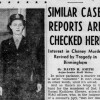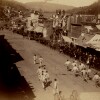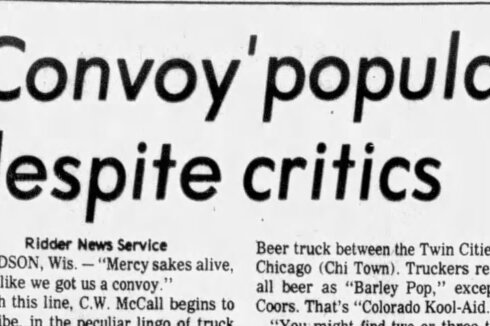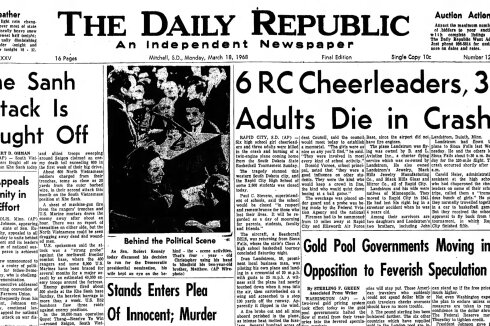ORRIN, N.D. — In the early 20th century, most children hoped for an orange or an apple in their Christmas stocking.
If they’d been naughty, some children, especially German Russians living in the Great Plains, feared they would find a birch switch — a gift from Belzneikel — a mythological, fur-covered Germanic companion of Saint Nicholas, the decider between who was naughty and nice, according to stories preserved by North Dakota State University Archives.
ADVERTISEMENT
In letters published in newspapers of the time, what children wished for and what they got changed over the decades since the days of Belzneikel.
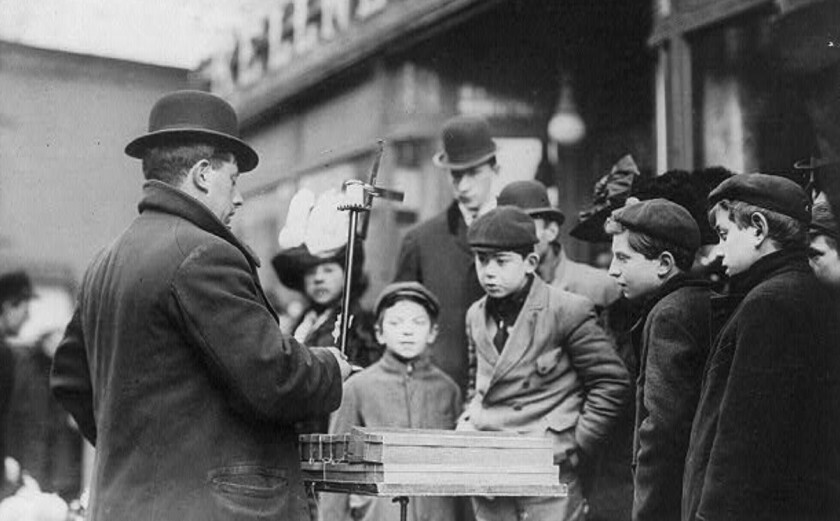
1930s
During the Great Depression of the 1930s, boys dreamed of $5 Red Ryder BB guns and Lincoln building bricks, but were happy with an apple, little Tommy Daly of Grand Forks, North Dakota, wrote in a letter to Santa, which was published by the Grand Forks Herald on Dec. 21, 1930.
Children like young Claire Bourassa, also of Grand Forks, were keenly aware of their poor neighbors. “Please bring me a set of dishes and a stove and a handkerchief and some bedroom slippers and pleas[e] help the poor children,” she wrote.
One 4-year-old child, Clarence Anderson, wanted to go to the train station to meet Santa Claus, but he had the mumps. All he wanted was a companion because he was lonely, he wrote in a letter published by the Grand Forks Herald.
The most popular gift during the 1930s, if a family could afford it, was a Mickey Mouse doll, according to the Animas Museum in Colorado.
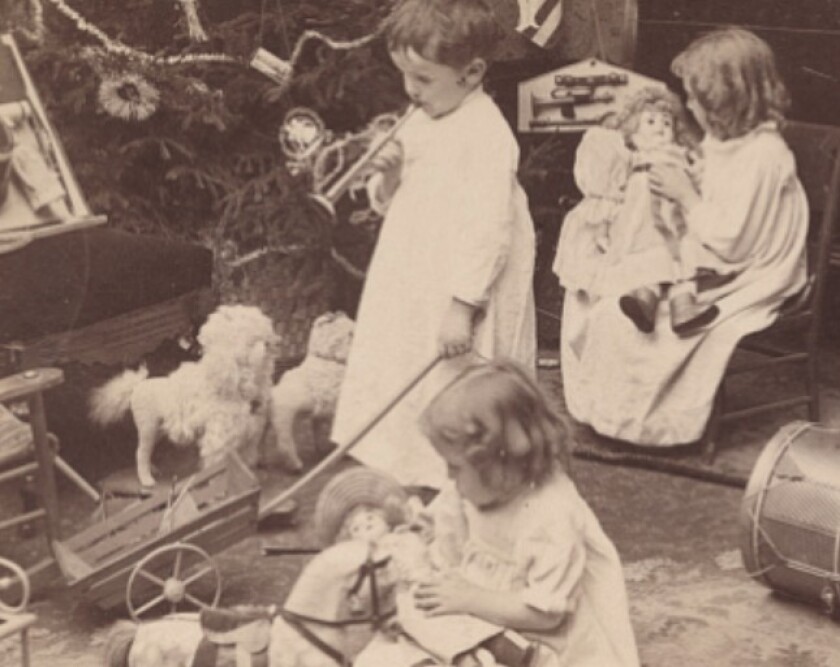
ADVERTISEMENT
1940s
By the 1940s, boys were asking Santa for marbles, toy dump trucks, train sets, footballs, and, of course, BB guns. Girls wanted dolls and play dishes, according to a Dec. 27, 1940 story about Christmas published in The Forum.
“A new doll every year was unheard of, but a new doll dress was a wonderful gift,” The Forum reported.
The Bismarck Tribune reported on Dec. 15, 1949 that Santa had 13 visits scheduled in western North Dakota, and would accept letters from children, who would in turn receive $1 bills and small treat bags.
The most popular gift of the 1940s was the iconic, brightly colored Lego set, according to Preston Park Museum in England.
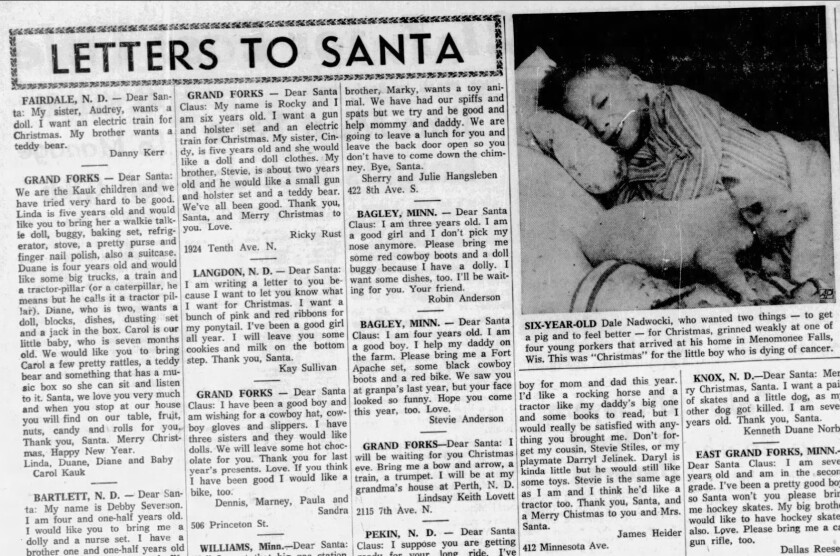
1950s
By the 1950s, however, Christmas gifts began to change as the nation “saw a major increase in prosperity and consumption,” the Johnson County Museum reported.
The toy industry used television to market toys and created a rage for products like Davy Crockett’s coonskin cap, flintlock rifles, Roy Rogers watches, and the Lionel electric train, which was a top choice among young boys.
ADVERTISEMENT
Many girls wrote Santa for the “Little Homemaker Pastry Set,” which included an eggbeater, a juicer, bowls, spoons and a rolling pin.
In 1956, the Grand Forks Herald published an article stating that more than 1,700 letters had been mailed to Santa from 143 cities and towns across the states of North Dakota, Minnesota, Montana, Kansas and California, (which were actually mailed to the newspaper company).
Many young boys wanted a pistol and holster or electric train, while the girls wanted a Tiny Tears doll or kitchen sets.
Green, plastic Army men and the $3 Barbie doll also made their debuts in the 1950s, and was at the top of most children’s Christmas lists, according to Preston Park Museum.
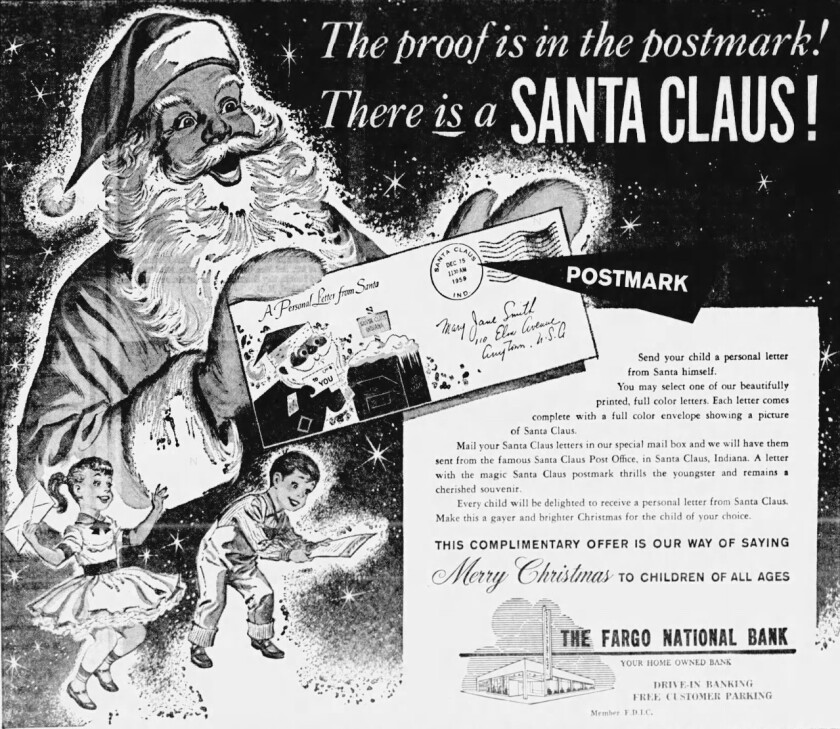
1960s
In the 1960s, iconic toys like G.I. Joe, Etch a Sketch and Play Cooker arrived in toy stores, according to Preston Park Museum.
Sharon Helm and Donna Kraft of Mandan, North Dakota, asked Santa for a Tippy Tumble, “a doll that tumbles,” as well as a doctor set and a Hoola Hoop, according to the Morning Pioneer. Brian Schott, also of the same area, wanted a list of toys including two Walkie-talkie sets.
ADVERTISEMENT
“Christmas of 1967 will be one of the most colorful and glamorous ever, judging from the exciting new decorations being displayed by Bismarck merchants,” the Bismarck Tribune reported on Nov. 22, 1967.
Mini skirts for high school girls were the rage, but when combined with the mini purse to match the dress, the outfit became the epitome of fashion, according to the Bismarck Tribune article. Bright colors and bold stripes or polka dots were also in season, and made excellent gifts.
Electric trains for boys and dolls for girls continued to be popular Christmas gifts, but a few new toys were gaining attention, according to the Grand Forks Herald on Nov. 28, 1963.
Barbie dolls with three high fashion wigs, also the dolls named Chatty Cathy, Chatty Baby and Charmin’ Chatty, including accessories, were popular among girls.
Boys preferred “hot item” toy sets including mortar and camouflage helmets, mess kits, canteens and bazookas, as well as movie monster figurines like The Mummy, Frankenstein, wolf man, Dracula, and Batman merchandise as well as the $3 Etch A Sketch magic screen.
The always popular Monopoly board game was a household name in the 1960s, but the most popular toys were Chatty Cathy and Barbie’s mate, Ken — with real hair made of felt — after he arrived in 1961, according to Me TV Chicago.
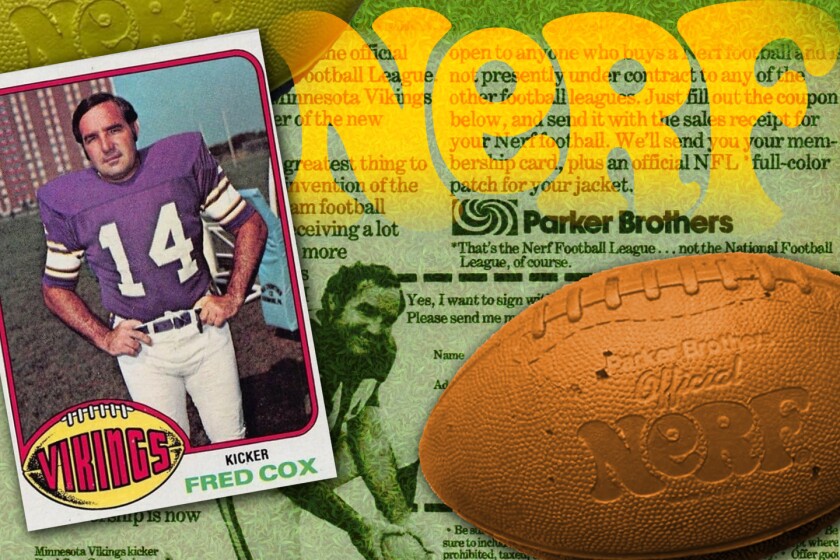
ADVERTISEMENT
1970s
The Nerf Ball, costing about $2, hit the market and was advertised as “the world’s first indoor ball” in the 1970s, and it quickly became one of the most popular gifts across the nation, according to the Calgary Herald. Star Wars figures like Darth Vader and R2D2 were also in high demand.
While presents like doll houses, Lego sets, Barbie dolls, Tonka trucks, G.I. Joe figures and more still retained their popularity, Stretch Armstrong, costing about $5, gave them all a run for their money in 1976.
Advertisements during the 1970s not only featured toys, but targeted parents: “Christmas gift for dad, black lab puppies,” as well as used sofas advertised as perfect Christmas gifts were published in the wanted section of the Minneapolis Star Tribune.
The Pioneer out of Bemidji, Minnesota, advertised snowblowers and the Super Camera as “super gifts” and the Leader-Press newspaper of Glenville, Minnesota, reported that digital clock radios and tote bags for women were the most popular gift items in the market.
But the most sought-after gift of the 1970s foreshadowed years to come: the Atari 2600 video game console for $199 set the stage for a new digital era, according to Stacker Magazine and Popular Mechanics Magazine.
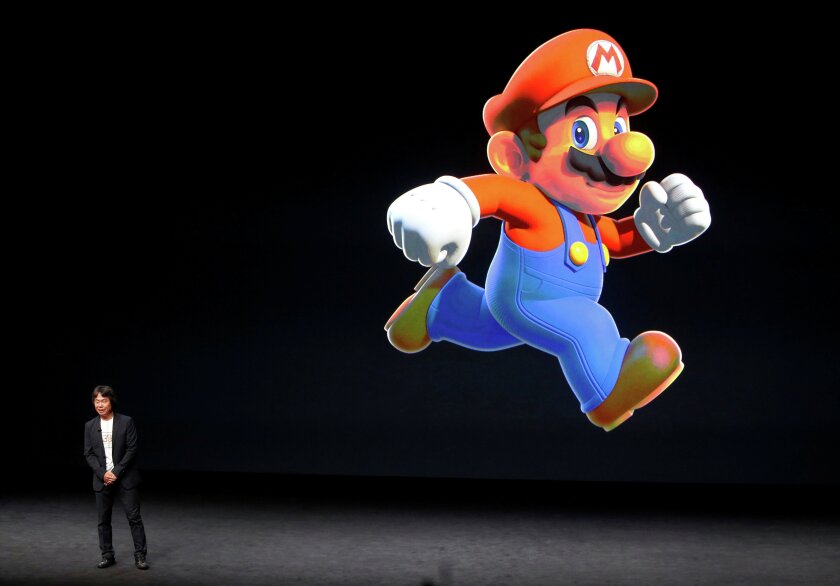
1980s
The most popular gift of the early 1980s — reported on many news outlets and websites — was Hungarian designer Erno Rubik’s three-dimensional puzzle called the Magic Cube, later renamed the Rubik’s Cube. When the toy was released in 1980, it was an instant success, selling 100 million units within the first two years, according to Stacker Magazine.
ADVERTISEMENT
Other toys like My Little Pony, Cabbage Patch dolls and Transformers hit the market as well.
By the late 1980s, however, Cabbage Patch faded away, and digital consoles like the $199 Nintendo Entertainment System and its game, Super Mario Bros, topped most children’s Christmas wish lists.
“The craze of choice for kids of all ages is Nintendo — a video-games giant that for the third year in a row dominates Christmas lists,” according to the St. Cloud Times on December 99, 1989.
With Nintendo’s success, other game consoles like Game Boy, released for under $90 in 1989, also became popular, and together they began chipping away at the toy industry’s profits, according to the St. Cloud Times.
The game console was expensive; games cost about $40, but the demand didn’t waver in the late 1980s, according to the St. Cloud Times.
“The toy industry is highly uncertain, and success is elusive. Every year manufacturers pump out scores of new toys. Only a few become hot sellers, such as this year’s hard-to-get Teenage Mutant Ninja Turtles,” the St. Cloud Times reported.

1990s
The 1990s saw another change in Christmas shopping: parents arrived hours before a store opened in attempts to buy the most popular present that year, according to Redbook Magazine.
From Furbies to Easy Bake Ovens, Talkboys to Tamagotchi, a digital gift to take care of a digital pet, Apple’s iPod Touch also entered the market during the last decade of the 20th century.
While Walkmans and MC Hammer tapes were popular, Beanie Babies, colorful, pellet-filled stuffed animals that originally sold for about $5, topped the charts for the most popular gift of the 1990s, according to the History Channel.
With its original sales tag, Beanie Babies ended up selling for thousands of dollars each. Children and parents were hurt in crowds after mad dashes of people trying to be first in line, according to the History Channel. Burglars all across the United States schemed and stole the stuffed animals, but by the end of 1999, the market for the toys slumped, according to the History Channel.
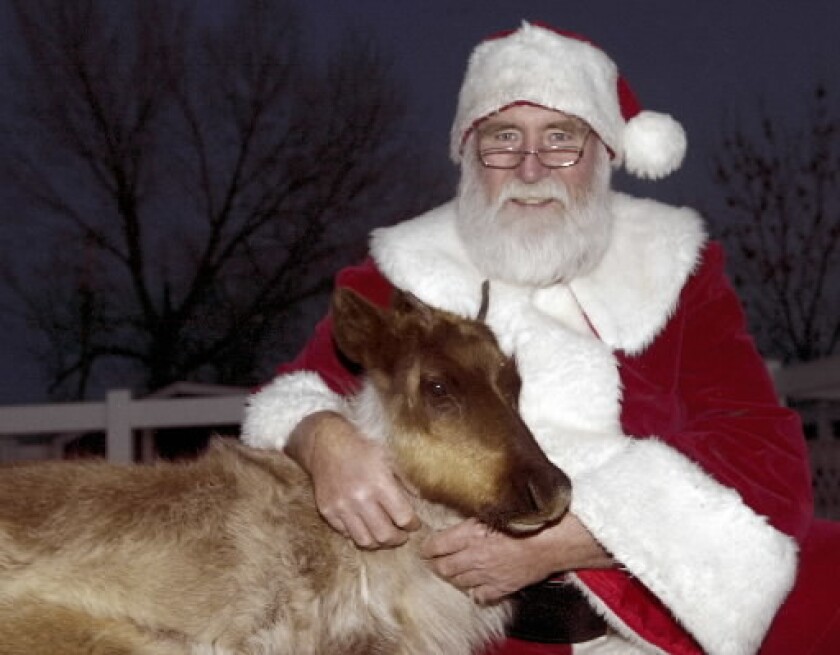
Present day
Twentieth century newspaper trend reports show that oranges won't be coming back in vogue as Christmas stocking stuffers anytime soon. Over the decades, presents during the holiday season have increased in financial and entertainment value.
The old stories of Belzneikel keeping children in line for Christmas may be designated to the history books and to the imagination, but at least, Santa Claus lives on, to an extent.



